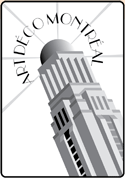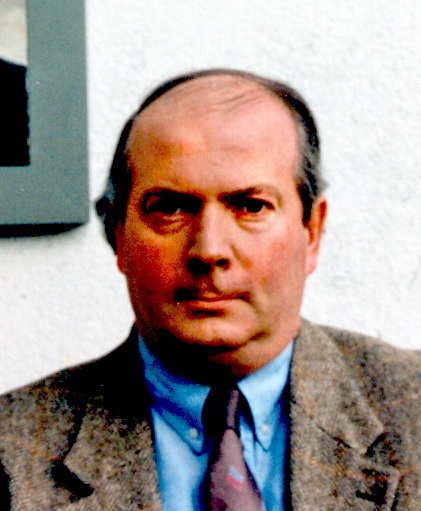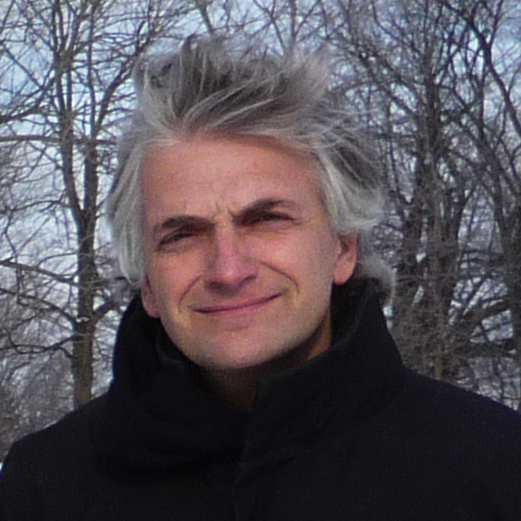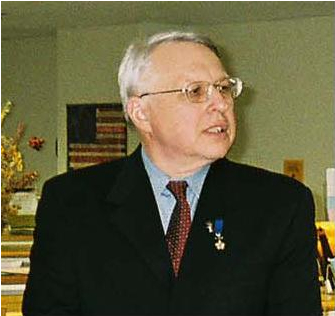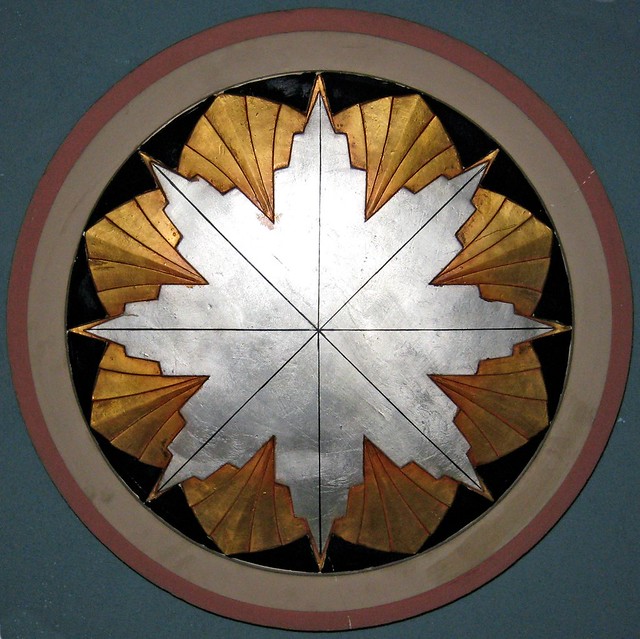| Abstract |
In 1934, Baron Louis Empain bought some 7000 thousand acres, around Lac Masson, Lac Dupuis and Lac du Nord, in the Laurentians, to develop a luxurious , summer and winter resort. He commissioned Antoine Courtens, a talented young Belgian architect who had worked with Victor Horta, the celebrated master of Art Nouveau. Courtens developed a master plan which included several resolutely modern buildings which still exist today. These buildings, located on prime land on the shores of the lakes, are in a precarious situation and their future is in jeopardy. One of them, the hotel, built in 1936 will be left vacant and helpless in a year from now. Unless a viable and sustainable use for the building is found which could interest the developer, who bought the land and has the rights to the building, it will likely be demolished. |


